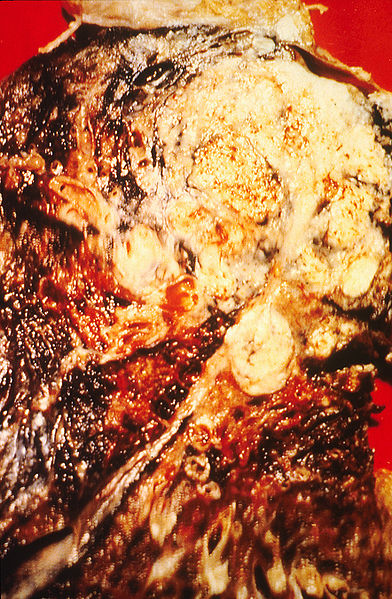Researchers from Tel Aviv University in collaboration with researchers from the Technion and the University of Glasgow have created a computer model of the metabolism of a cancer cell that may predict which drugs will be able to effectively destroy the cancer cell. The research is now published in the prestigious journal NATURE

Scientists are constantly searching for treatments that can selectively target cancer cells and prevent damage from the other cells in our body. Professor Eitan Rupin from the Labatnik School of Computer Science and the Sackler Faculty of Medicine at Tel Aviv University and his colleagues, Professor Eyal Gottlieb from the Beatson Institute for Cancer Research at the University of Glasgow, UK, and Dr. Tomer Shlomi from the Technion in Haifa, have now succeeded in taking a step forward. They successfully created the first genome-scale computer model of the metabolism of a cancer cell. This model can be used to predict which drugs can destroy the metabolism of the cancer cell. The results are published this month in the prestigious journal Nature.
Professor Rupin explains that by inhibiting the unique action patterns of cancer cells, it is in principle possible to eliminate them in a specific and selective manner. The effectiveness of this method was demonstrated on a computer and in cells in the laboratory that were infected with kidney cancer. However, the study presents a new basic approach and carries with it good news for future studies that will test effective drug treatments for other types of cancer as well.
Deadly for cancer, safe for other cells
The ability to selectively destroy cancer cells without harming the body's cells is known to be the ultimate goal of cancer research. As we know, many anti-cancer drugs damage dividing cells. Since healthy cells, such as hair cells and the cells lining the intestinal wall, also divide, many anti-cancer treatments, including chemotherapy, have side effects such as nausea and hair loss.
The researchers believed that focusing on the metabolism in the cancer cell itself may be one of the most effective ways to advance in this field, since the cancer cell has a special way of digesting nutrients for its energy and development needs. This fact makes the metabolism of the cancer cell fundamentally different from that of a normal cell.
The computer model developed by the researchers reproduces the thousands of metabolic reactions that characterize cancer cells. By comparing this model to an existing model of the normal metabolism of a human cell, the researchers were able to distinguish the differences between the two. This distinction allowed them to identify target proteins for drugs that have the potential to directly affect the specific and unique characteristics of cancer metabolism.
To test their predictions, the researchers chose to focus on cells from a specific type of kidney cancer. "In this type of kidney cancer, our predictions showed that a drug capable of specifically inhibiting the HMOX enzyme could kill kidney cancer cells selectively and effectively, without harming normal cells," explains Professor Rupin. In an experiment conducted in Professor Gottlieb's laboratory, the researchers were able to confirm this prediction in experiments on mouse and human cells, and to investigate these metabolic changes in depth.
A comprehensive treatment model
"Metabolism is a complex and branched network of thousands of reactions. The human perception is not able to fully understand, and certainly not able to predict in advance, how such a complicated system works", explains Dr. Rupin. Now, thanks to their ability to simulate the effects of the disease, the computer models are able to help researchers predict the effectiveness of potential drugs and treatments. Although the predictions must always be confirmed in the laboratory or clinic, this method is also very economical and fast and leads to fascinating opportunities to accelerate the development of drugs in the future.
Although the research being published now focused on a specific type of kidney cancer, it will be possible in the future to adopt this approach to create models for other types of cancer. "This is the next big challenge facing us", says Professor Rupin, "We will continue to build models for other types of cancer, and we will look for selective drug treatments to try to defeat them". The researchers' multidisciplinary approach requires combining the predictions of the computer model with the findings of laboratory and clinical trials, and it may lead to the faster development of more selective and effective drugs against cancer.
